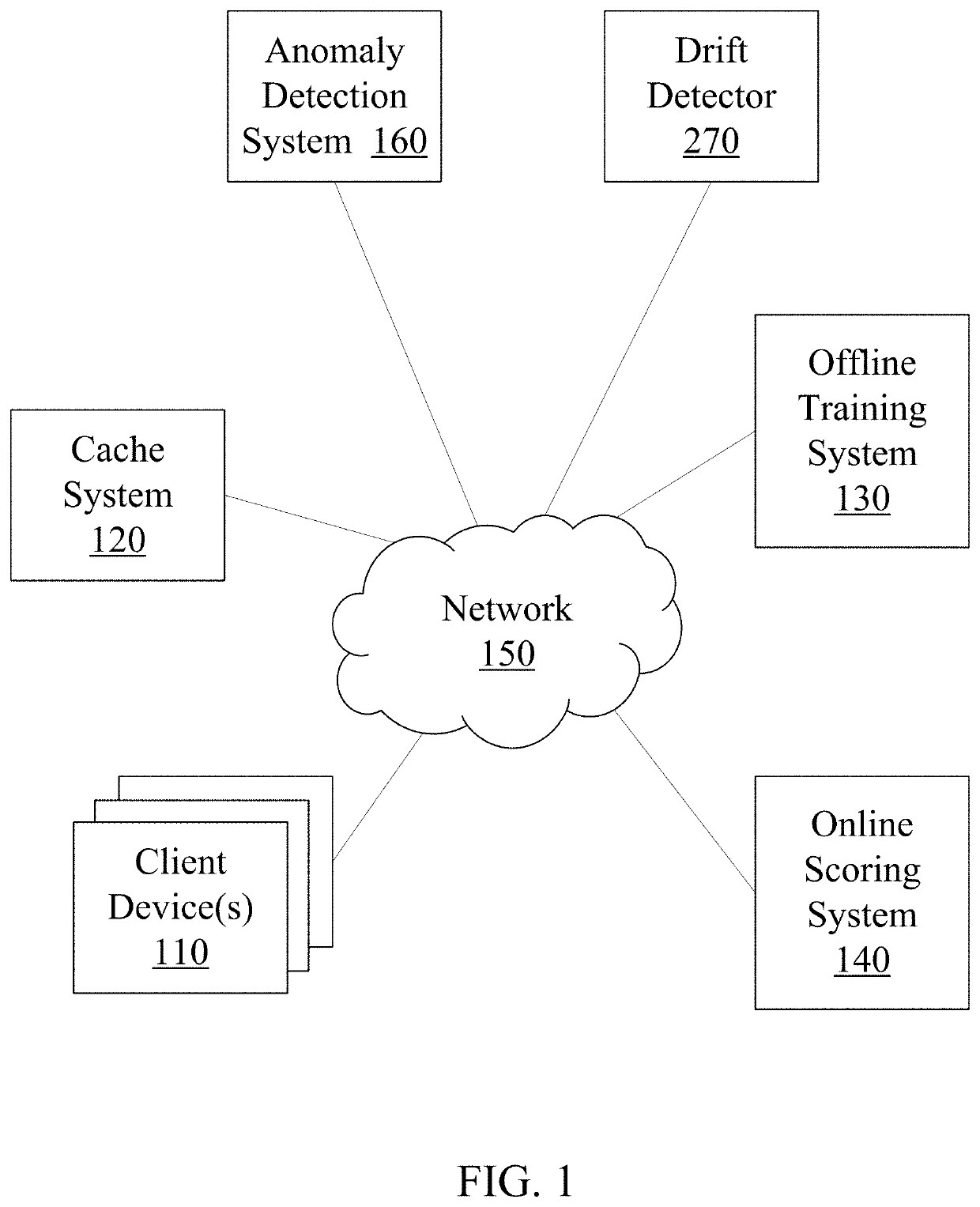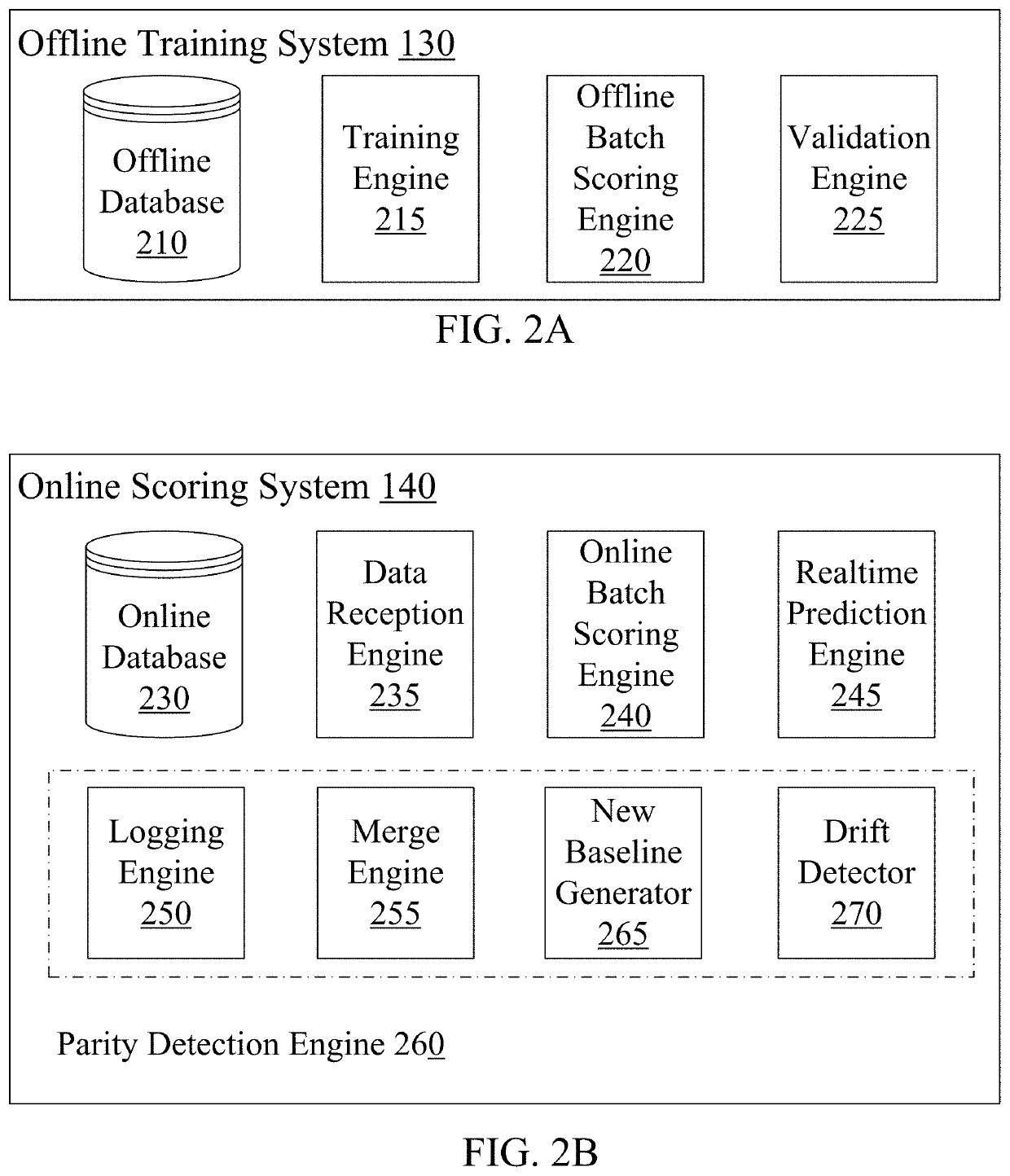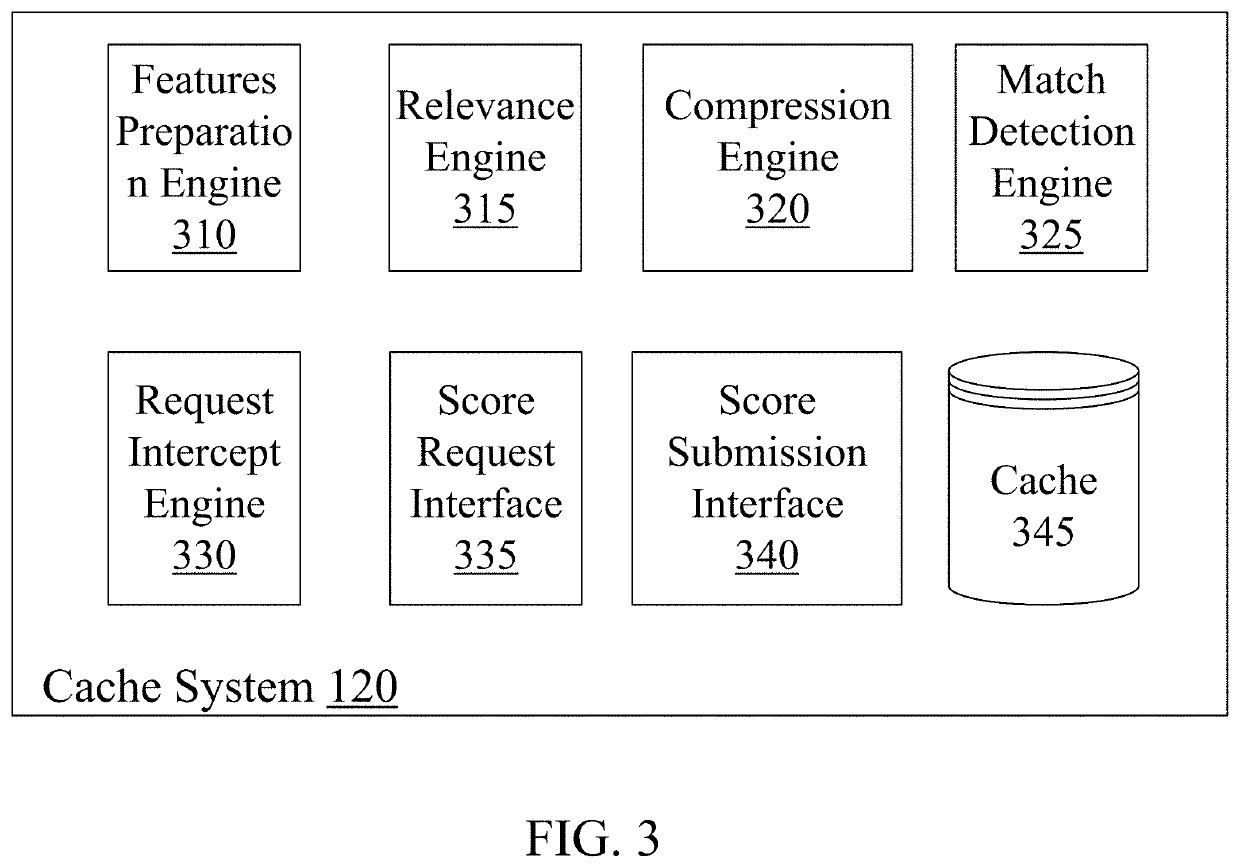Real-time drift detection in machine learning systems and applications
a machine learning and drift detection technology, applied in the field of system and method improvement of machine learning systems and applications, can solve the problems of system failure to make real-time or near-real-time predictions, hardware and software deployment costs are often significant, and the scoring of data requests based on the learned models requires significant computing resources and costs to deploy effectively, so as to improve the prediction accuracy
- Summary
- Abstract
- Description
- Claims
- Application Information
AI Technical Summary
Benefits of technology
Problems solved by technology
Method used
Image
Examples
Embodiment Construction
[0053]The inventive system and method (hereinafter sometimes referred to more simply as “system” or “method”) described herein significantly reduces the computing resources, computing time, and costs associated with making predictions in a deployed machine learning system, regardless of whether the predictions are made using a deployed system or a cloud scoring API. Specifically, the inventive system stores certain predictions once they are made, processes the stored data, and uses stored predictions if newly requested predictions meet certain similarity criteria associated with the stored predictions. The inventive system described herein reduces the computing resources, computing time, and costs cost associated with making predictions in a dedicated, or shared / rented machine learning system environment.
[0054]One or more different embodiments may be described in the present application. Further, for one or more of the embodiments described herein, numerous alternative arrangements ...
PUM
 Login to View More
Login to View More Abstract
Description
Claims
Application Information
 Login to View More
Login to View More - R&D
- Intellectual Property
- Life Sciences
- Materials
- Tech Scout
- Unparalleled Data Quality
- Higher Quality Content
- 60% Fewer Hallucinations
Browse by: Latest US Patents, China's latest patents, Technical Efficacy Thesaurus, Application Domain, Technology Topic, Popular Technical Reports.
© 2025 PatSnap. All rights reserved.Legal|Privacy policy|Modern Slavery Act Transparency Statement|Sitemap|About US| Contact US: help@patsnap.com



